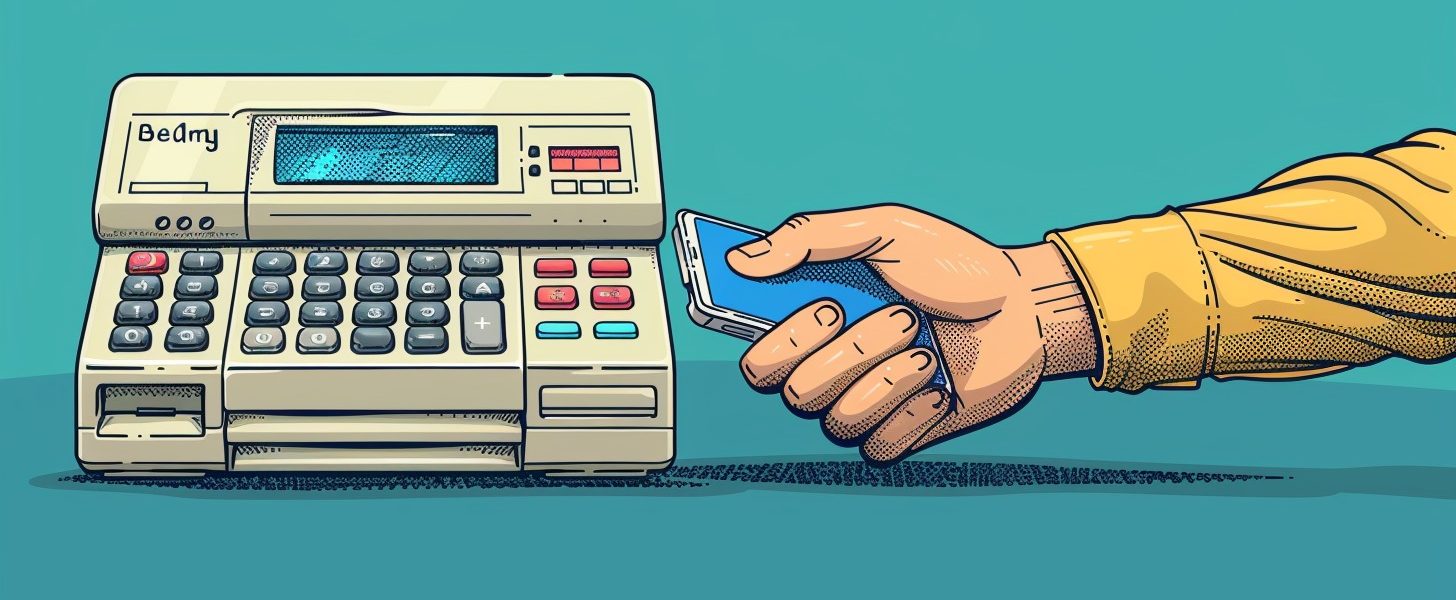Fax technology remains a reliable choice for businesses, excelling in security, speed, and legal acceptance.
Security
Faxing is a trusted option for safeguarding sensitive information. Unlike emails, which are vulnerable to cyberattacks, fax transmissions use dedicated phone lines, reducing hacking risks. Industries like healthcare and finance depend on fax for secure, confidential communication. And now, with modern solutions, you can send a fax online, combining the security of fax with the convenience of digital technology.
Speed
For urgent document delivery, faxing is fast and dependable. Modern fax machines can transmit documents almost instantly, making them invaluable for businesses that need rapid exchanges without postal delays.
Legal acceptance
Faxed documents are widely recognized for their legal validity. Many jurisdictions accept them as legally binding due to verifiable timestamps and tangible records. Industries like law and real estate rely on fax for transactions requiring immediate, documented proof.
Despite new technologies, fax remains a secure, fast, and legally trusted method for business communication.
Limitations of fax
Fax machines still serve a purpose, but they have clear drawbacks. Understanding these challenges highlights why digital communication is often a better option.

Quality challenges
Fax machines often struggle with document clarity. Unlike digital files, faxes can produce blurry images and text, especially with fine details. This happens because fax modems convert images into audio signals, losing detail during transmission. Repeated faxing further reduces quality, making faxes unreliable for precision-critical documents like legal contracts or medical images.
High costs
Maintaining fax machines can be expensive. They require upkeep, dedicated phone lines, and supplies like ink and paper. In contrast, digital communication uses existing internet infrastructure, cutting costs. For businesses that send many documents, these expenses add up, making digital solutions more cost-effective and efficient. Switching to electronic communication reduces costs and simplifies workflows.
Modern alternatives to faxing
As digital communication advances, businesses are adopting more efficient ways to share documents. Modern technologies now offer secure, cost-effective solutions that outperform traditional faxing.
Email is a key tool for document sharing, with global accessibility and support for various file formats. Encryption ensures sensitive information stays secure, making email ideal for industries like healthcare and finance. Unlike faxing, email provides instant delivery confirmations, reducing the risk of lost documents and ensuring smooth exchanges.
Cloud-based services
Cloud platforms like Google Drive and Dropbox transform document management with digital storage and sharing. Users can access files anytime, anywhere, from any device. Real-time collaboration features let teams edit and update documents together, improving productivity. Many cloud platforms also integrate with other tools, streamlining workflows and cutting down on paperwork.

The role of fax in today’s digital world
Despite the rise of digital communication, fax technology remains indispensable across various industries, seamlessly blending with modern systems to meet specific needs.
Healthcare professionals heavily depend on fax for securely transmitting patient records and prescriptions, adhering to strict privacy standards like HIPAA. Similarly, legal firms rely on fax to securely exchange signed documents, ensuring compliance with confidentiality requirements.
In the business world, online fax services bridge the gap between traditional and digital workflows. These services convert faxes into emails, enabling effortless sharing and digital storage without the need for bulky machines. This integration reduces costs, increases efficiency, and aligns with the demands of modern workplaces.
Cloud-based faxing has further revolutionized accessibility while preserving the inherent security benefits of fax. By allowing users to send and receive faxes through cloud platforms, documents can be accessed and shared from anywhere, ensuring quick, secure transmission of critical information without compromising data integrity.
The enduring relevance of fax technology lies in its adaptability. By combining the reliability of traditional faxing with the innovation of digital solutions, it continues to serve as a trusted method for secure, efficient document exchange. This hybrid approach ensures its viability in an increasingly digital world.





